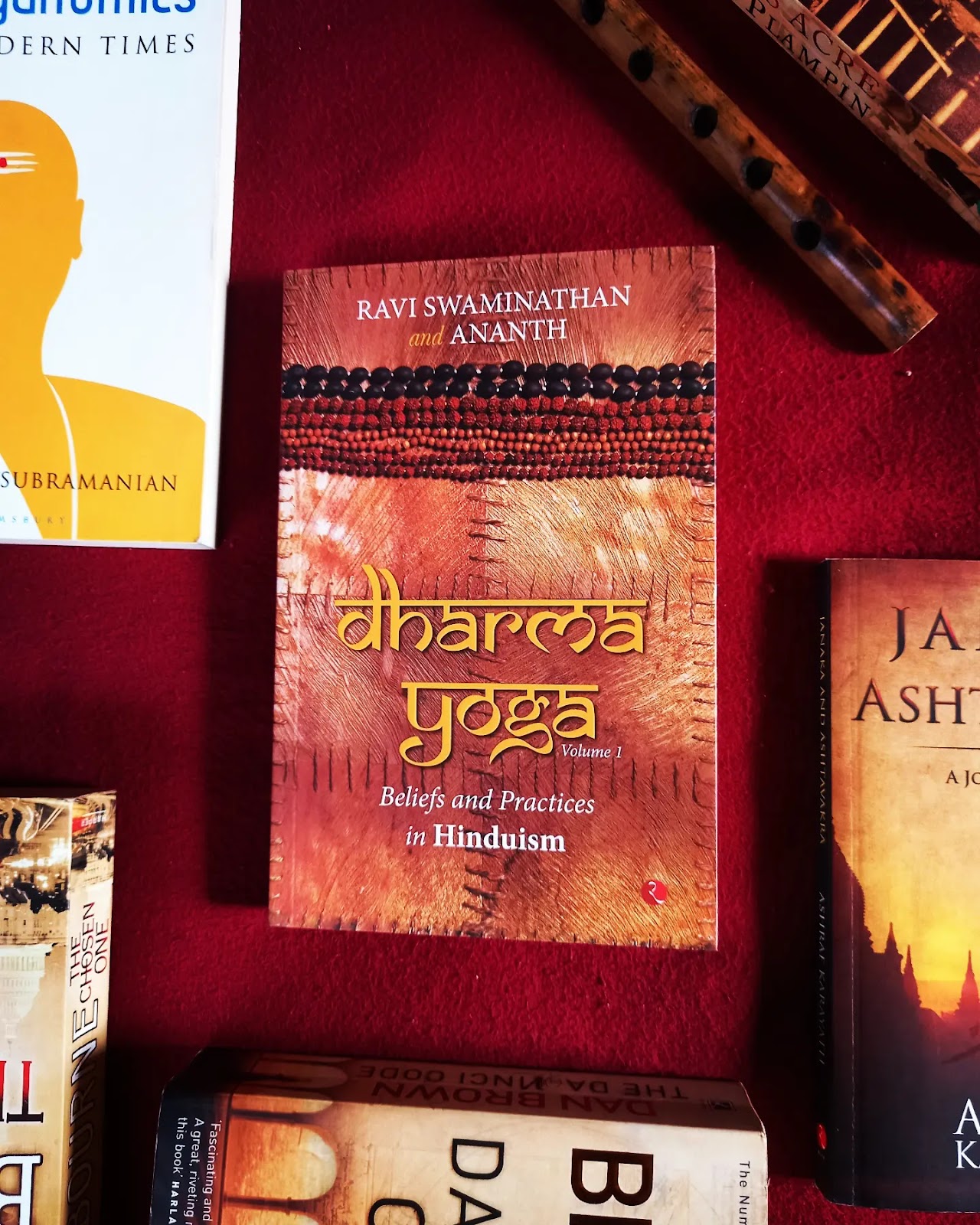Dharma Yoga
In light of this, the book I have before me is a true boon for these aspiring seekers. The authors have demonstrated sincere dedication and hard work, which is beautifully reflected in their writing. The primary focus of the book, as the title suggests, is Dharma Yoga, offering readers an opportunity to comprehend the most essential aspects of Sanatan Dharma.
What particularly captivates me is the authors' deliberate use of Indian terminology when explaining Dharmik concepts. By avoiding English substitutes, they successfully preserve the essence of these words, preventing their meaning from being distorted.
Furthermore, the authors have seamlessly integrated their knowledge and stories into a contemporary format, reminiscent of the great sage Ved Vyasa. Much like Vyasa, who recognized the need of the time and composed the four Vedas from a single source, the authors skillfully navigate from one topic to another, encompassing the entirety of Sanatan Dharma within their lucid narration.
The strength of this book lies in its reliance on scriptural evidence to support each narrative. Whether it be a verse from the Bhagavad Gita, Upanishads, or Puranas, the authors ensure that everything presented is firmly rooted in our ancient texts. By doing so, they enable readers to easily reference and cite the sources when engaging in discussions with others.
One of the book's greatest assets is its ability to be picked up and read from any section without concern for understanding the underlying linkage or required order. This characteristic allows individuals to explore Sanatan Dharma at their own pace, without feeling overwhelmed or restricted by a predetermined sequence.
In conclusion, I am thoroughly impressed with the author's attention to detail and their commitment to providing a comprehensive yet accessible guide to Sanatan Dharma. This book not only fills a void left by the loss of the Gurukul system but also serves as a valuable resource for individuals seeking a deeper understanding of our cultural heritage.




Comments
Post a Comment